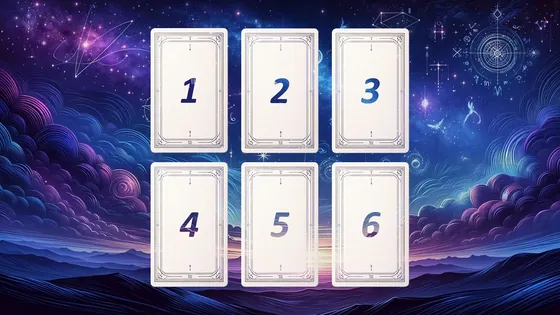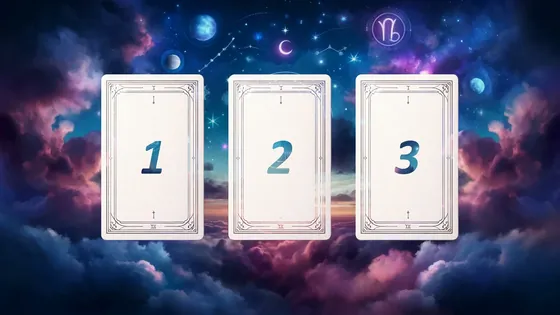The spread known as What Lies Ahead in the Tarot system presents an intricate analysis technique, allowing for a deep understanding of both imminent and distant events in one's life. This arrangement holds particular value for those seeking a highly accurate portrayal of forthcoming changes and preparing adequately for potential challenges.
Origins of the Spread
The development of this spread aimed to create a tool capable of providing comprehensive analyses of impending life stages. Incorporating a fourth card into the standard three-card spread served to enhance its prognostic function and expand the horizons of traditional Tarot. Rapidly gaining popularity among professional tarot readers and enthusiasts alike, this spread's ability to detail anticipated events was highly regarded.
Spread Structure
This spread comprises four cards, which can be laid out either in a single line or in a square formation. Each card in this arrangement is intended to shed light on a specific timeframe or key aspect of the querent's life, thereby offering a multi-dimensional perspective on the future.
Positions within the Spread
- 1 – Current Situation
- 2 – Immediate Challenges
- 3 – Hidden Opportunities
- 4 – Long-term Perspectives
Description of Positions
- 1 – The Current Situation – provides an analysis of the present, focusing attention on immediate circumstances and tasks requiring attention or resolution.
- 2 – Immediate Challenges – highlight obstacles and difficulties to be overcome in the foreseeable future, offering insight into potential issues or tasks.
- 3 – Hidden Opportunities – reveal potential paths and favorable moments for development and growth that may not be readily apparent but are available for utilization.
- 4 – Long-term Perspectives – forecast significant trends and changes that may impact the long-term future, aiding in strategic planning for subsequent steps.
Conclusion
The What Lies Ahead spread in the Tarot system is not only an opportunity to glimpse upcoming events but also an active tool in shaping the future through informed decision-making. By utilizing this method, one can not only anticipate key events but also effectively influence their outcomes, drawing upon a deep analysis of the information provided by the cards.










